In today's car industry, with the advancement of science and technology, more and more advanced technologies that were once unimaginable have been developed. The highest degree of attention has been given to the evolution of automotive engine technology. Once upon a time, could not imagine a car called BMW i8 can use a 1.5-liter three-cylinder engine broke out 231 horsepower, can not believe that a Mercedes-Benz S-class Plug-in Hybrid fuel consumption can be as low as 2.8 liters / 100 km. And just recently, the new generation of Camry surprised the global fans once again, and it actually raised the thermal efficiency of a naturally aspirated four-cylinder engine to 40%. Look, how crazy the car world is!
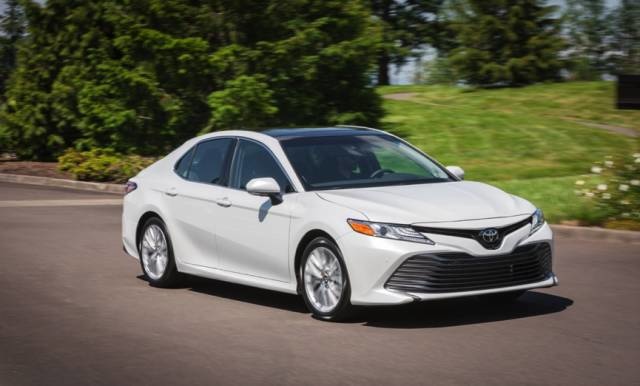
In fact, after the news broke out, it caused a surprise in the industry. Toyota, which has always been known for its reliable and durable products, must have given full consideration to releasing this technology-leading engine. This world-renowned new 2.5-liter inline four-cylinder naturally aspirated engine will be fitted to the new eighth-generation Camry that will be produced by GAC Toyota. What is even more surprising is that, in addition to the maximum thermal efficiency of this naturally aspirated engine reaching 40%, the hybrid version has achieved a thermal efficiency of 41%! Make it once again stand on the highest peak of thermal efficiency of the world's production cars.
What is the thermal efficiency in the end?
The term thermal efficiency sounds a bit boring. The rigorous interpretation in textbooks is the ratio of energy per unit volume of energy to kinetic energy. The higher the ratio, the more efficient the conversion of fuel into kinetic energy. For our average consumer, it can be understood that the higher the ratio, the better the engine power, the lower fuel consumption, and the better emission level.
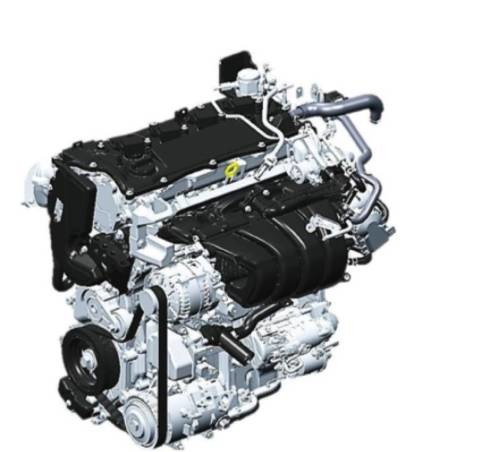
But do you know that for automotive engines, the loss of energy is unavoidable. Currently, the engine thermal efficiency of all gasoline vehicles in the world is not likely to reach 50%. This also shows that even if your car is full of a box of oil, it is actually The power that really gets "consumed" on the wheels is less than half, and most of them are consumed by various types of energy loss.

So where does the remaining gasoline go, except for the fuel that is converted into kinetic energy for use on wheels? Most of these fuels are taken away by the cooling system of the engine, called cooling losses. Some of them are discharged into the atmosphere by exhaust. They are called exhaust losses. These two parts have the largest proportion, which is about the total energy, but this It is energy consumption that cannot be avoided, so for the engine to "run less, run more," only start with the remaining 60%.
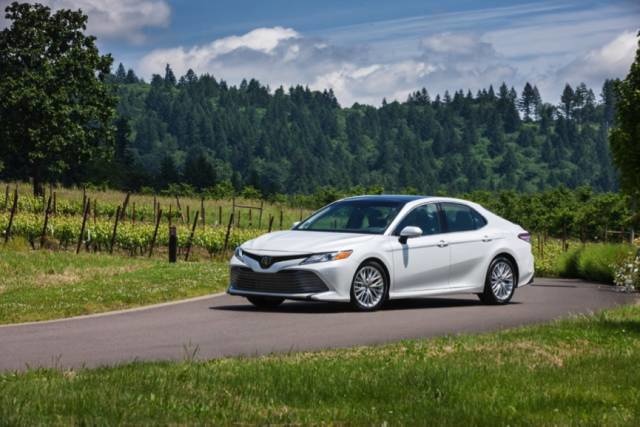
“The desire to run a horse but also to eat less grass†is a constant problem. It is also true in the automotive sector. Moreover, automobiles must not only consider energy consumption issues but also take into account increasingly stringent emission regulations. In the United States, an example of the automobile, the average fuel economy (CAFE) of cars sold by each car manufacturer must reach 54.5 mpg (equivalent to 4.31L/100km) by 2025, which is basically “doubled†compared to previous standards. of. To this end, major car companies are also struggling to work hard to develop new technologies to cope with new regulations. In China, with the introduction of the “National Six†emission standard, it can be said that in the future it will be one of the most stringent emission standards in the world.
Responding to problems and developing technologies
In response to this difficulty, many manufacturers began to rack their brains and work hard to develop new technologies. The level of engine thermal efficiency is an important link that directly affects fuel consumption and emissions data. As far as a car with a 33% thermal efficiency engine is used (most of the current automotive engine thermal efficiency is between 28% and 33%), when the engine is switched to a 40% thermal efficiency engine, the fuel economy of the vehicle can be increased by 15%. 20%.
Calculated on a car with an average fuel consumption of 7 liters per 100 kilometers and a mileage of 15,000 kilometers per year, using an engine with a thermal efficiency of 40% will save at least 200 liters of gasoline a year and save about 1,300 yuan in fuel costs. 200 liters of gasoline can not only save a lot of fuel costs, but also contribute to the global environmental protection.
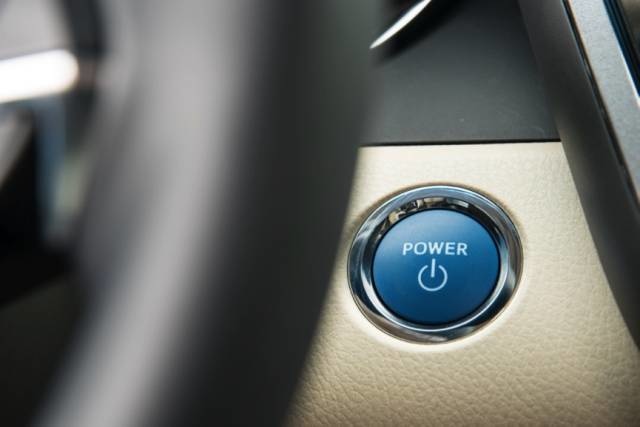
However, it must be known that improving thermal efficiency may not be an easy task. In view of current practices, it is necessary to improve the thermal efficiency of gasoline engines mainly from four aspects. First, increase the compression ratio, and secondly, adopt direct injection technology. It is to increase the exhaust gas recirculation rate (EGR), and the fourth is to use the Atkinson cycle.
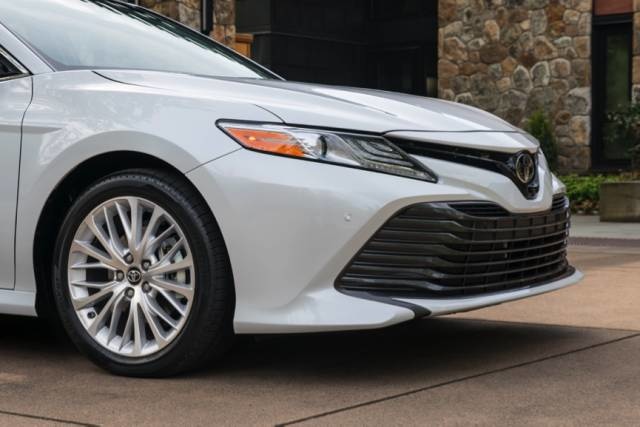
When it comes to this, Mazda's Chuang Chi blue sky technology has to be mentioned. I remember that when Chuangchi Blue Sky Technology was just launched, its manufacturers declared that this set of technology possessed high compression ratios and had better fuel economy and dynamic response. However, to know that in the old Chuang Chi blue sky technology, their approach is to use the Atkinson cycle, in the original Otto cycle delayed the intake valve closing time, so that the expansion ratio is higher than the compression ratio, in the same Under the compression stroke, more effective work can be obtained by increasing the expansion stroke.
In the latest Chuangchi blue sky technology, Mazda imitated and used the unique compression ignition method of diesel engines in the gasoline engine, and once again increased the compression ratio on the basis of the original, and obtained better engine thermal efficiency. But even if the compression ratio is squeezed to an astonishing 14:1, the thermal efficiency is only just over 30%, which is enough to show how difficult it is to increase thermal efficiency.
How does Toyota create 40% thermal efficiency "God Machine"?
With respect to the theoretical level of technology, how to improve thermal efficiency has been studied thoroughly, but it is difficult to apply it to mass-produced engines. Sometimes, in order to increase the thermal efficiency by 0.05%, it is also necessary to conduct experiments for months or even six months to find the optimal solution to ensure that it has no effect on other performances. In addition, Toyota’s dedication to product reliability makes it even more difficult to increase. difficult.

So what method does the Toyota engineer use to increase the thermal efficiency of this engine to 40%? Toyota engineers changed the cylinder head near the intake port to a slightly upward tilt and optimized the valve angle. The purpose is actually very simple. It is to help the inlet air flow to form a tumble flow in the combustion chamber and facilitate the mixing of fuel and air. This is also one of the keys to improving the combustion efficiency.
In terms of valve trains, this naturally aspirated engine uses dual variable timing technology for intake and exhaust valves, and uses VVT-ie at the intake, which is electronically controlled variable valve timing technology. The electronic control system has faster response and higher control accuracy.

In addition to the engine part, Toyota's engineers also matched the new 8-speed automatic transmission for this engine. Officially released data show that the new transmission loss is reduced compared to the Aisin 6-speed automatic transmission used by the old Camry. 50%.
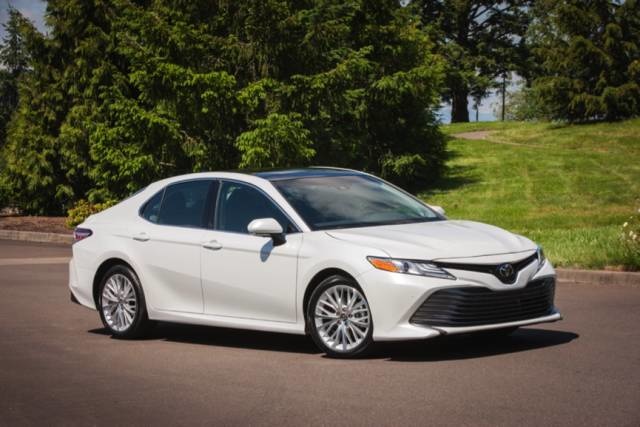
As European and American automakers desperately promoted engine supercharging technology and pure electric vehicles in recent years, Toyota will open up a different path and will not be possible. It will effectively increase the thermal efficiency of traditional engines and continue to improve the already globally advanced. Hybrid technology, using actions to tell everyone, what kind of engine technology is the most reliable and practical at this stage.
It is precisely because of this firm belief in the goal and unremitting efforts that we can see Toyota's launch of a 40% thermal efficiency new engine that stands at the top of the world, and there is reason to believe that Toyota's 40% "heat efficiency miracle" is just the beginning, along with Toyota The beginning of the TNGA framework reform, there will be more surprises in the future waiting for us to discover.
Yuyao Hongzhou Plastic Technology Co., Ltd. , https://www.hongzhoumould.com